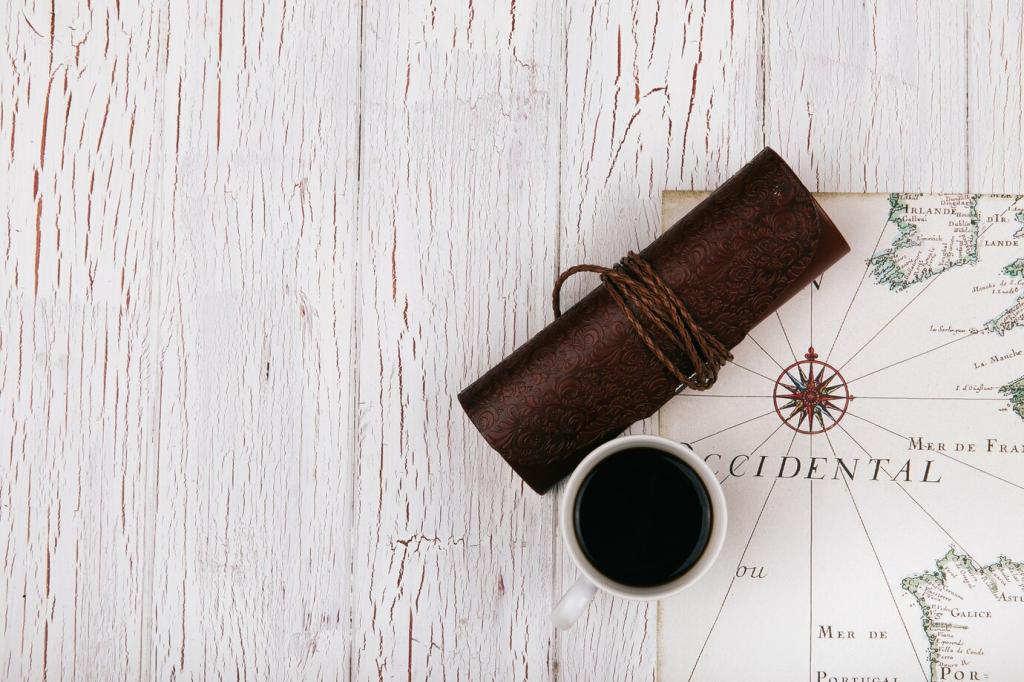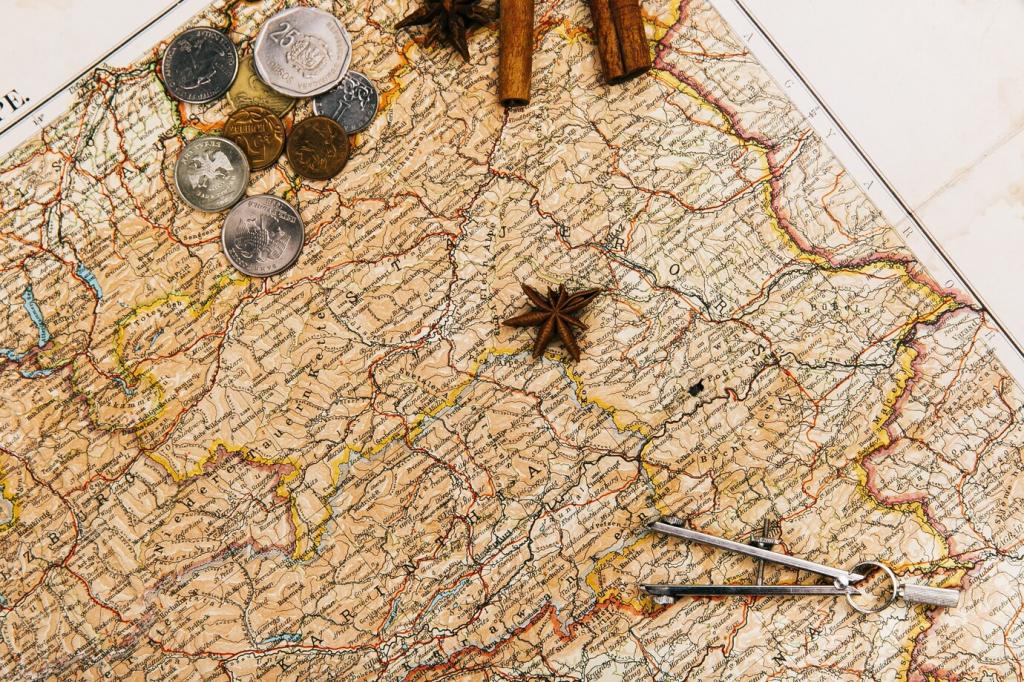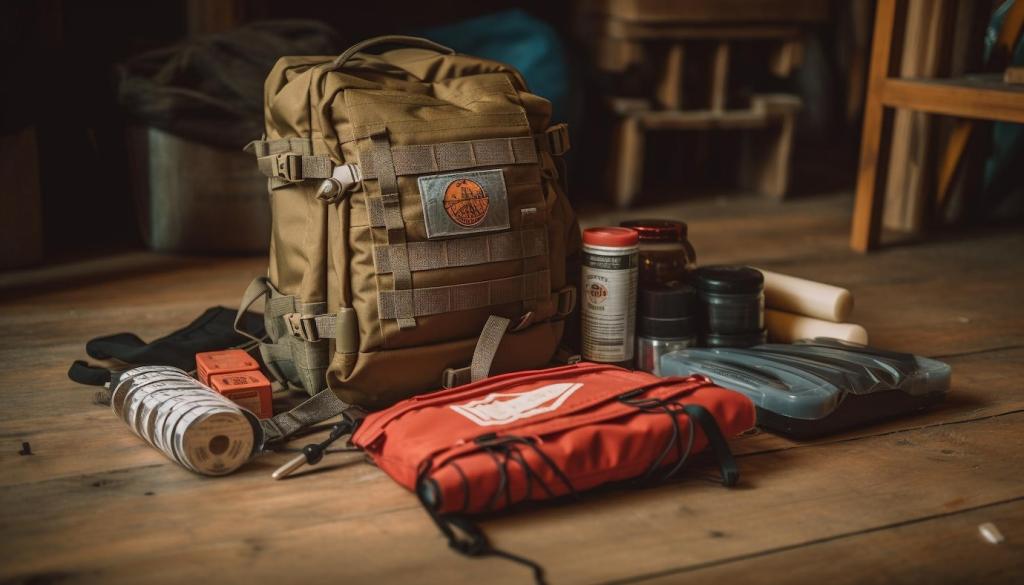Footwear That Treads Lightly
Seek stitchdown or Goodyear welts, modular midsoles, and replaceable laces and eyelets. After 1,200 kilometers, I resoled my mountain boots and hiked another season comfortably. That single repair avoided a full new build. Who’s your trusted cobbler, and which brands honored repairability claims?
Footwear That Treads Lightly
Look for rubber compounded with recycled content and thoughtfully engineered lugs that last longer, shedding fewer micro-particles. Avoid aggressive solvents in aftercare. On wet roots, a firmer compound felt less sticky but wore twice as slowly. What’s your balance between grip, longevity, and environmental trade-offs?
Footwear That Treads Lightly
Accurate sizing reduces shipping emissions from exchanges. Measure with a Brannock device, test afternoon swelling, and pair eco-socks that manage moisture. My snug midfoot prevented blisters on a weeklong traverse. Which fit checks saved you from return trips, and what sizing tools should we review?








